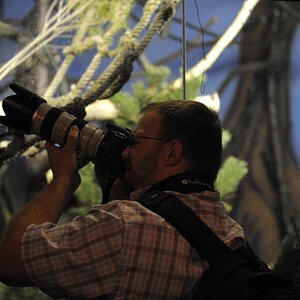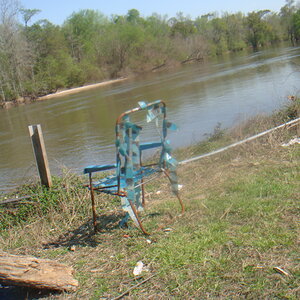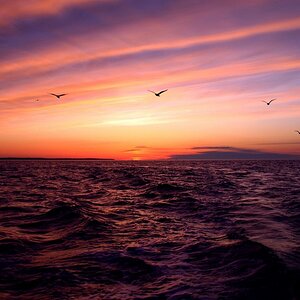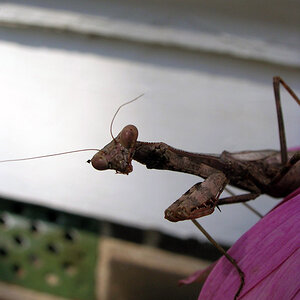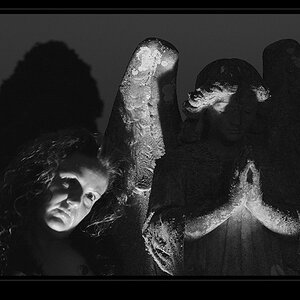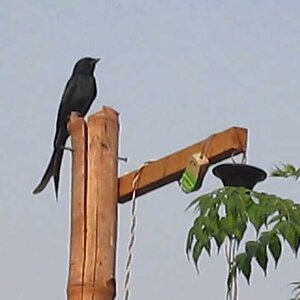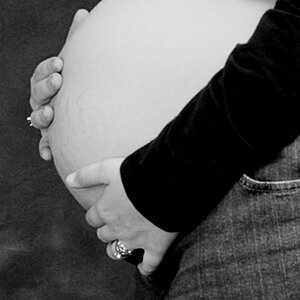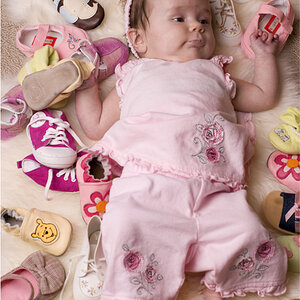Underdeveloped
TPF Noob!
- Joined
- Jan 16, 2012
- Messages
- 58
- Reaction score
- 4
- Location
- Drumheller, AB, Canada
- Can others edit my Photos
- Photos OK to edit
So since looking around TPF for a while I've realized that I have a long way to go to take amazing shots. However, I've also realized why I bought a DSLR to begin with was to have some creative control while capturing memories of my 2 daughters. (big camera=nice pictures, right?  )
)
I have a t2i with kit 18-55
My 2 biggest problems so far are :
1. while shooting in the evening/night using indoor light. Even at 3200 ISO my shutter speed can be too slow for my fast kids.
2. focus issues. My pics rarely seem very sharp. I use the center dot focus selection and it seems a little off (I'll try to post examples when I get to my home computer) I've always assumed I'm doing something wrong, but I dont' know what.
Any suggestions to get better shots at close range in low light? what do you guys do when shooting in this situation? Flashes seem great, but very distracting?
Thanks in advance
I have a t2i with kit 18-55
My 2 biggest problems so far are :
1. while shooting in the evening/night using indoor light. Even at 3200 ISO my shutter speed can be too slow for my fast kids.
2. focus issues. My pics rarely seem very sharp. I use the center dot focus selection and it seems a little off (I'll try to post examples when I get to my home computer) I've always assumed I'm doing something wrong, but I dont' know what.
Any suggestions to get better shots at close range in low light? what do you guys do when shooting in this situation? Flashes seem great, but very distracting?
Thanks in advance


![[No title]](/data/xfmg/thumbnail/41/41798-aacfc8368463d919cba743fe318706b6.jpg?1619739897)
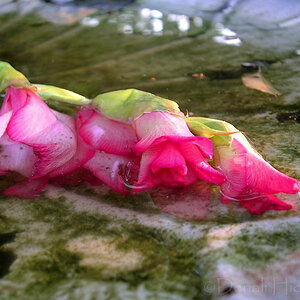
![[No title]](/data/xfmg/thumbnail/30/30994-49c5521f7b5b417f49dcd43891cbec27.jpg?1619734557)
